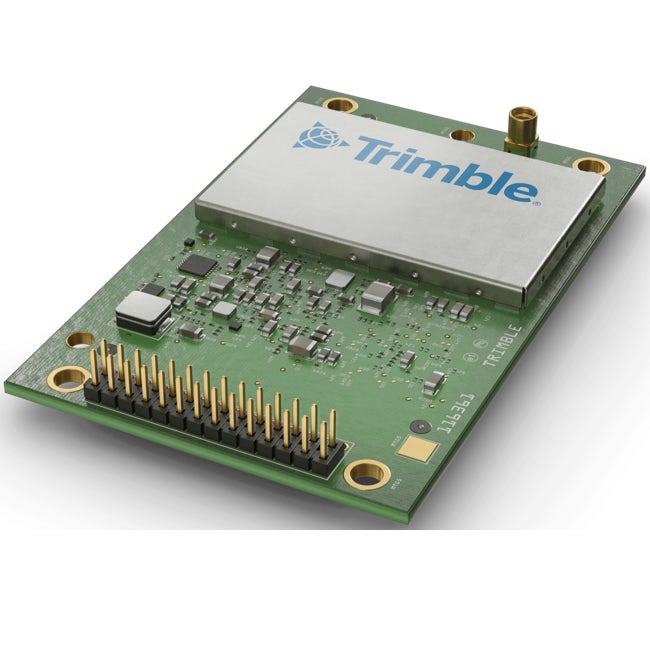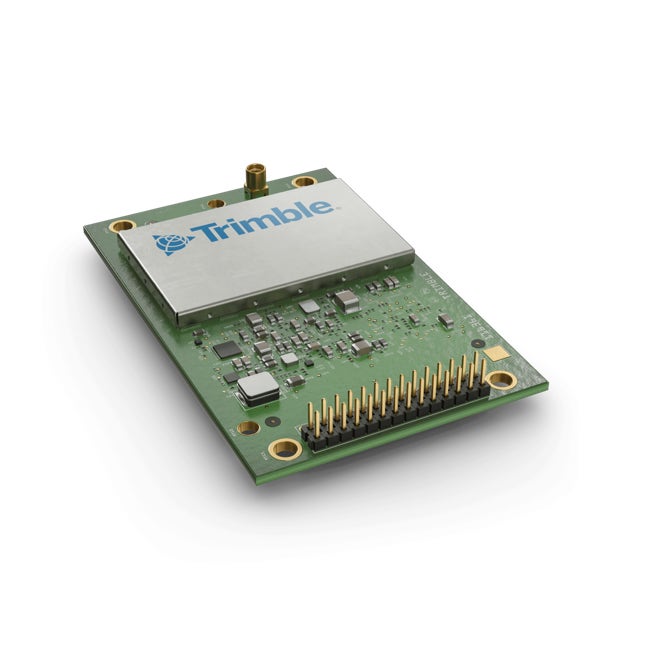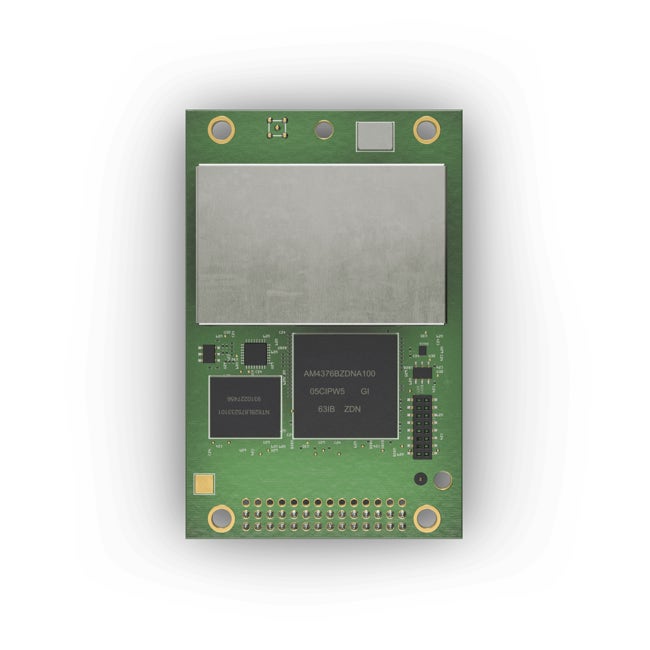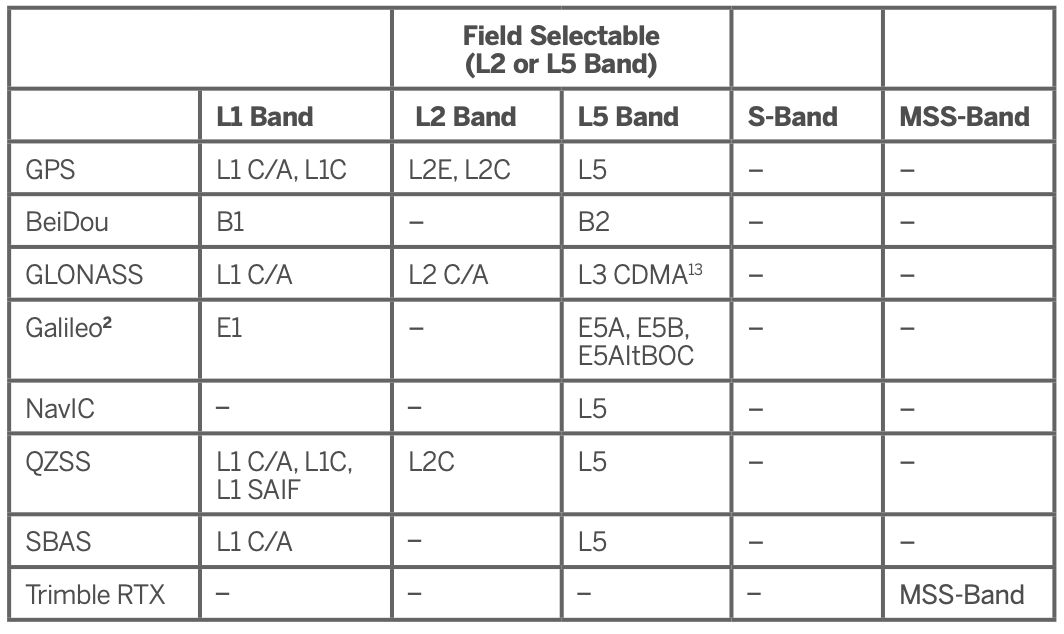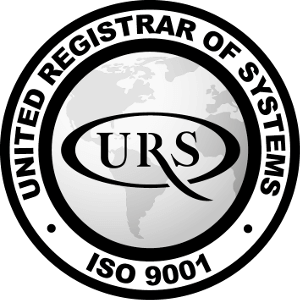La fiche produit est en anglais pour respecter les données du fabricant.
FLEXIBLE SIGNAL TRACKING
The Trimble BD9250 GNSS receiver is a lightweight, dual-frequency receiver designed in an industry standard form factor to deliver centimeter accuracy for a variety of applications. It offers integrators the ability to switch between L2 and L5 signal tracking in the field, providing the user the ability to pick the best frequency for operations and allow for a maximum number of observations.
TRIMBLE MAXWELL™ 7 TECHNOLOGY
The Trimble BD9250s supports dual-frequency for the GPS, GLONASS, BeiDou, Galileo and QZSS constellations. As the number of satellites in the constellation grows the BD9250s is ready to take advantage of the additional signals to allow for quicker and more reliable RTK initializations for centimeter positioning. With the latest Trimble Maxwell™ 7 Technology, the BD9250s provides:
- Trimble ProPoint RTK/RTX Engine
- 336 Tracking Channels
- Trimble Everest Plus multipath mitigation
- Advanced RF Spectrum Monitoring and Analysis
- Proven low-elevation tracking technology
- Anti-spoofing protection
FLEXIBLE INTERFACING
The Trimble BD9250 is designed for easy integration and rugged dependability. Customers benefit from the Ethernet connectivity available on board, allowing high speed data transfer and configuration via standard web browsers. USB, CAN and RS-232 are also supported. Just like other Trimble embedded technologies, easy to use software commands simplify integration and reduce development time.
Different configurations of the model are available. These include everything from an autonomous L1 unit all the way to a multi-constellation dual-frequency RTK unit. All features are password upgradeable, allowing functionality to be upgraded as your requirements change.
Key Features
- Trimble MaxwellTM 7 Technology
- 336 Channels for multi-constellation GNSS support
- Trimble RTX Support
- L1 + L2 or L5 (Field selectable)
- Compact, lightweight design with industry standard pinouts
- Centimeter-level position accuracy
- Advanced RF Spectrum Monitoring



